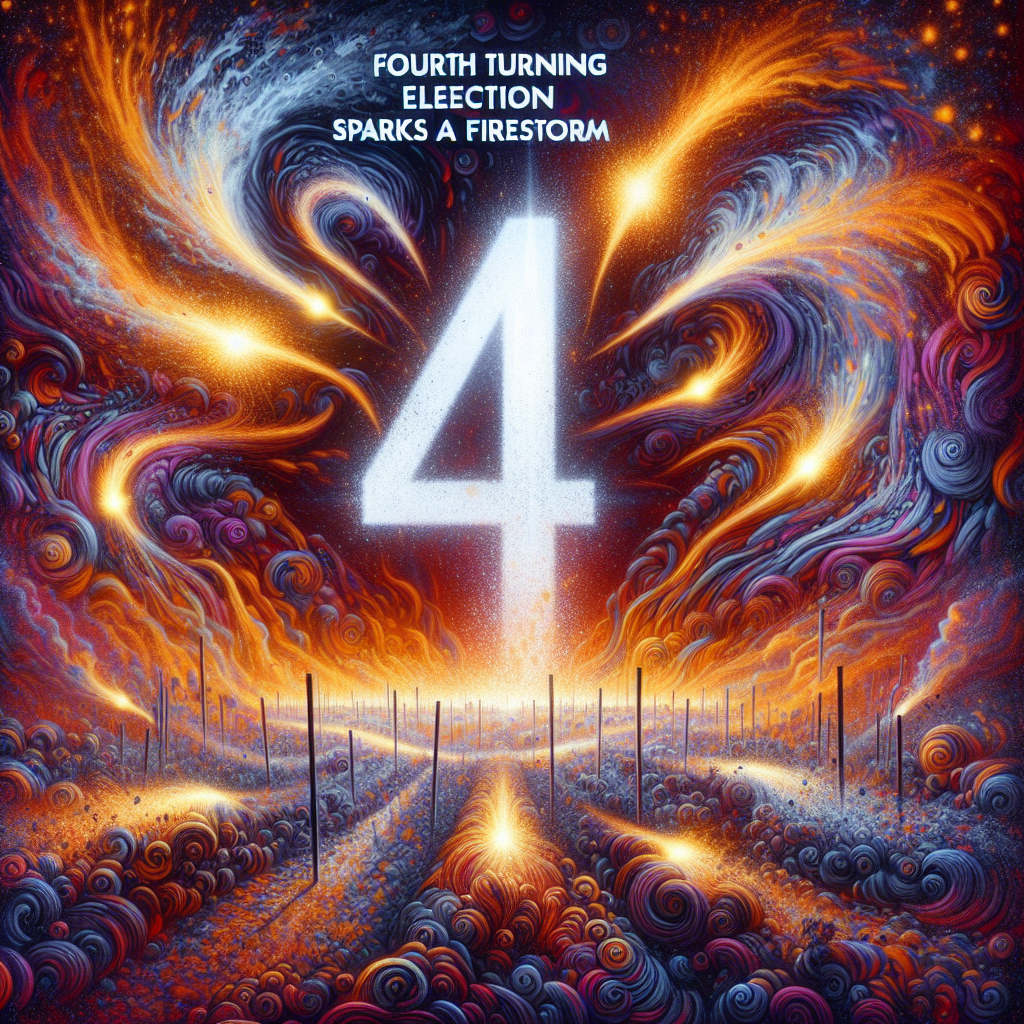In his analysis of contemporary crises, the author draws parallels between current socio-economic conditions and the prophetic insights of Strauss and Howe in their seminal work, The Fourth Turning. They suggest that the world stands at a threshold akin to previous historical upheavals marked by destruction and rebirth. This impending ‘volcanic eruption,’ fueled by deep economic, social, political, and military distress, is likened to an earthquake whose fault lines were laid during an era of great instability. The author intensifies the narrative by detailing the spiraling national debt, social unrest, systemic political corruption, and the looming specter of global conflict, emphasizing that the ramifications of these crises are not only national but potentially global.
The 2008 financial collapse serves as a critical juncture from which the current chaos emerged. With the national debt ballooning and the landscape rife with instability, this era has accelerated anxiety among citizens. The author suggests that, irrespective of the electoral outcomes, widespread civil unrest is inevitable as factions within the country become increasingly polarized. The exercising of illegitimate power, be it through manipulation of votes or orchestrated violence, is presented as a consistent threat to the integrity of the electoral process. The narrative suggests that not only will the political elite resist any change in power but they may resort to extreme measures, creating a highly volatile atmosphere that could lead to civil war.
The author portrays a landscape animated by intense economic distress, where inflation erodes savings, jobs remain elusive, and the American populace grappled with financial insecurity. This economic discontent serves as a breeding ground for populist sentiments, demonstrated by the fervent support for Trump amidst increasing dissatisfaction with the status quo. The discourse frames a bifurcated society where wealth concentrates among the elite while the middle and lower classes descend further into poverty. This disparity fosters a sense of betrayal among ordinary citizens, igniting a desire for political change that many feel will not come without significant upheaval.
Social distress compounding the economic issues presents a united front where racial tensions, class divides, and ideological battles manifest prominently. The author argues that the deliberate fomenting of division, wherein the ruling elite employ strategies to pit different groups against each other, further weakens societal cohesion. This strategic chaos is compared to the historical race riots and unrest that challenge social order, as members of various communities are increasingly drawn into conflict. The discourse on social engineering, through policies and public narratives, indicates a severe crisis of identity and values that threatens the traditional social fabric of American society, as citizens are urged to accept radical shifts in societal norms.
In discussing political distress, the author highlights fears regarding corruption and beyond-the-pale governance practices, suggesting that the rule of law is becoming increasingly indistinct. The legitimacy of elections is called into question, with direct accusations of systematic fraud embedded in advanced voting systems. This climate of mistrust feeds into the broader narrative of a dysfunctional political system where power is wielded coercively rather than legitimately. Amidst these concerns, there exists a real anxiety regarding political violence and the potential for the military to become embroiled in these domestic disputes, likening the current climate to prior Fourth Turnings, which resulted in significant sacrifices and upheaval.
The manifesto concludes by projecting a bleak outlook for the immediate future, emphasizing that the outcome of the upcoming elections will significantly alter the trajectory of the nation. With fears of unrest and historic repercussions, the narrative encourages readers to brace themselves for a future rife with potential chaos and conflict. The author reflects on the cyclical nature of history and the possibility that this Fourth Turning may indeed be among the most consequential in human history. Through evoking millennia of historical patterning, the conclusion raises existential questions about the resilience of modern civilization and hints at the fragility of current social structures, indicating a major transformation, regardless of the immediate outcomes. Thus, the impending crises signify a confluence of distress that may result in either profound change or catastrophic collapse.

